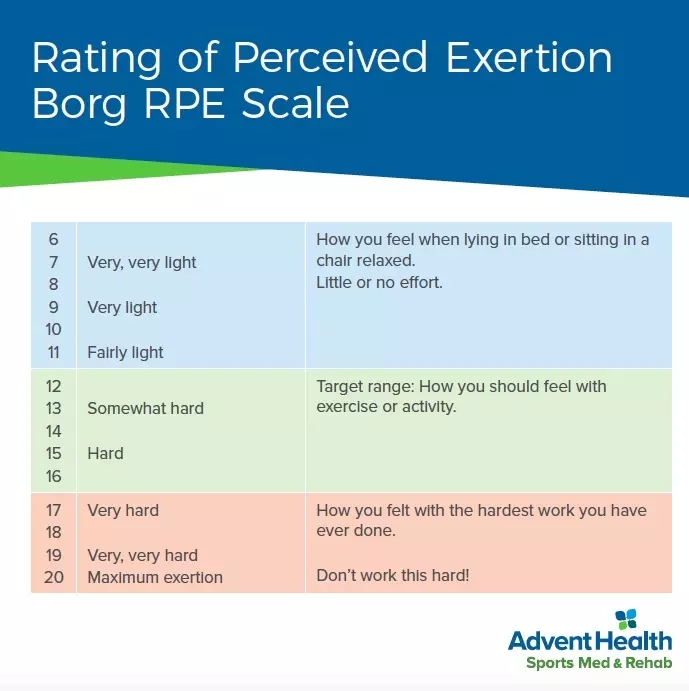- AdventHealth

Parkinson’s Disease is a degenerative neurological disorder that causes decreased amplitude of movements and rigidity, both of which that can impact a person’s ability to walk. Usually, the symptoms of Parkinson’s worsen over time, but with medication and exercise, those with Parkinson’s can maintain or improve their quality of life.
“Not exercising consistently and at the right intensity can result in a decline in function,” says Laura Patrick, PT, DPT, Board Certified Clinical Specialist of Neurologic Physical Therapy. If you are a caregiver for someone with Parkinson’s Disease that’s unable to make it to their regular therapy visits in person, here are some tips and tricks on how to maximize their daily exercise from home
Making the Most of Walks
If you are caring for someone with Parkinson’s Disease, there are certain things you can incorporate with daily walks to help your loved one maintain their function. At a minimum, specialists recommend Parkinson’s patients take walks at a high intensity three times per week.
Instead of doing continuous walking for 30 minutes, Laura suggests doing interval training. “This could mean walking at a faster speed and exerting yourself more for about a minute, and then slowing down to walk at a comfortable speed for about a minute.” Interval training could help increase heart rate, and as Laura explains, “Intensity is needed to cause neuroplastic changes that will help improve function with Parkinson’s.”
High intensity means reaching a 14–17 rating of perceived exertion (RPE) out of 20. To track this, utilize your loved one’s RPE scale (a 6–20 scale with 6 being no exertion and 20 being maximum effort) by asking the patient how hard they are working. They should be responding at a level of “somewhat hard” to “hard”.

For caregivers of patients with Bradykinesia, which means slow movement, you may be wondering how to help your loved one reach a higher intensity during their walks. Laura has a few suggestions for this:
Hold their hand
Swing your arm high forward and back, taking the hand of your loved one to encourage them to do the same right along with you.
Use big, exaggerated movements
Swing your arms, take large steps, and encourage the patient to mimic your movements. You can then use the cue, “Walk like me.”
Walk with them to music
Pick a song that has a beat that is faster than your loved one’s usual pace, or a song they enjoy. Ask them to match the tempo.
In addition to walking with your loved one and increasing their intensity, you can also be involving cognitive exercises during the slower portion of interval walks. Jennifer Campbell, Speech Therapist and Clinical Manager at AdventHealth Sports Med and Rehab, offers some ideas for cognitive tasks to ask of your loved one, starting simple and gradually increasing in difficulty:
-
Count backwards by threes from 100
-
Count backwards by sevens from 100
-
List a series of words and ask them to respond with the first word you said (such as: “dog, cat, bird,” and they would respond: “dog”)
-
List all the things you can think of that start with a specific letter
If a task becomes frustrating or unable to be done while still walking, try something simpler, like asking what route you should take on your walk. A high level of safety should always be maintained, so if something feels like it’s pushing too much, it’s ok to take it easy.
Helping Your Loved One Stay Motivated
“Parkinson’s patients can have difficulty motivating themselves,” Laura explains, “They know taking walks is important, but often times caregivers feel it’s their responsibility to get their loved ones to continue being active.” To help keep them motivated, Laura suggests making a goal chart.
“Involve your loved one so you’re setting goals together and they feel like they’re making their own decision,” Laura says. This could be achieved by asking how often they think they can take a 30-minute interval walk, and then writing it out on a chart to help hold your loved one accountable.
“Motivation increases neuroplasticity and success increases dopamine, and someone with Parkinson’s needs these things to be successful both physically and cognitively,” Jennifer explains. By encouraging your loved one with Parkinson’s to stay active, you’re helping them build their strength and overall well-being.
Learn More About Neurological Rehab
The AdventHealth Sports Med & Rehab team is here for you, whether you’re at home or with us in person. If you have any questions or would like to schedule an in-person appointment or video visit for your loved one, call Call407-303-8080. You can also visit AHSportsMedCentralFL.com for more information.



